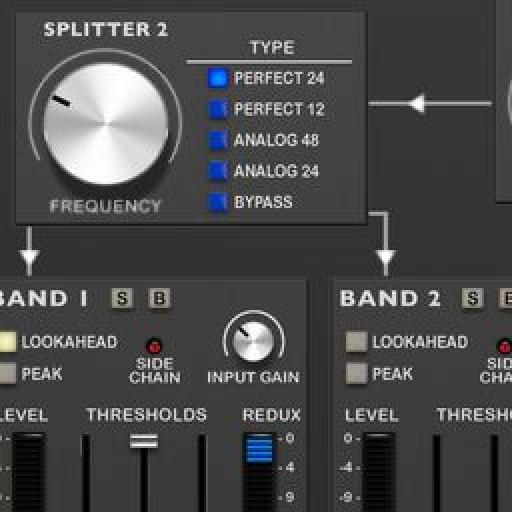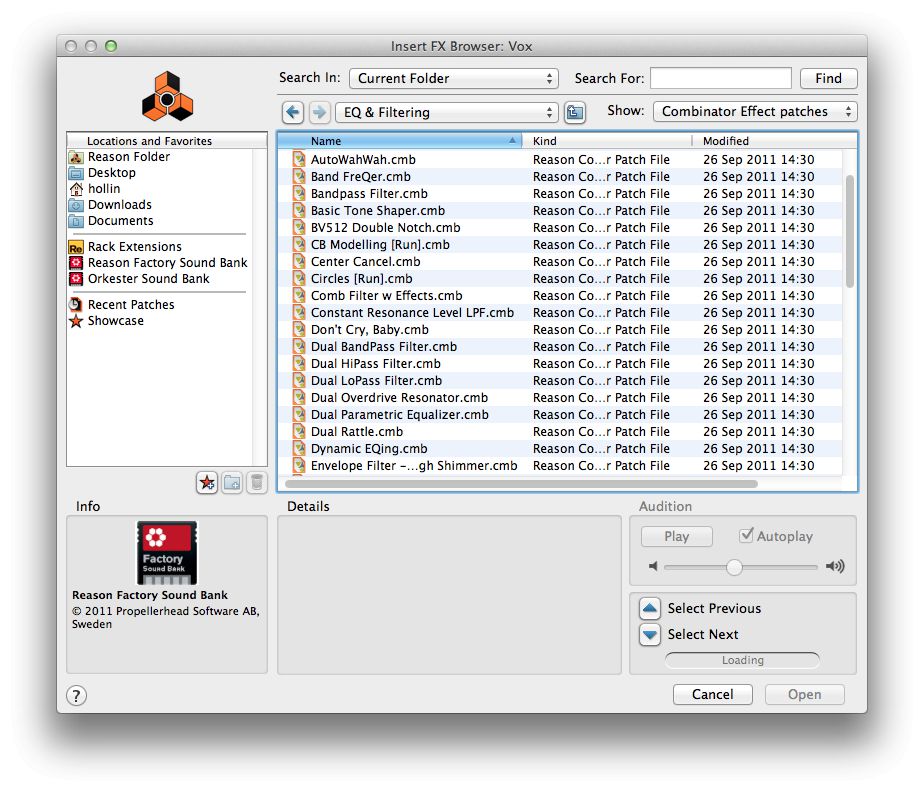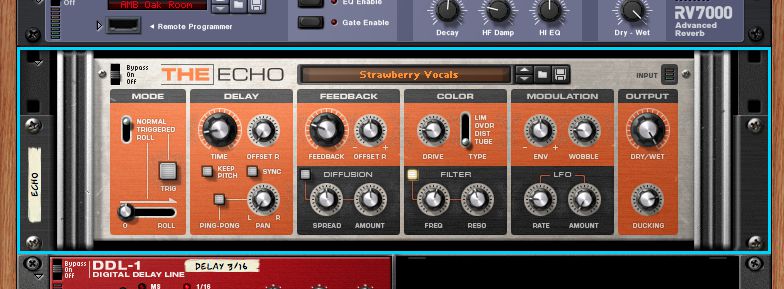Since Reason gained the ability to record regular audio tracks in addition to simply importing samples, it has become much more adept at working with vocals, which tend to only be really useable as full length audio tracks in many genres of music. Along with this capability goes a whole new set of techniques for processing vocals, so let's look at some insider tips for getting it right…
Tip 1
Audio tracks in Reason incorporate something very much like a Combinator. This means that to add effects to a track, you can expand its Insert FX section and simply add effects and they will all be auto-routed. You can also save and load effect chain presets by using the Insert patch browser button in the main mixer or by right-clicking in the Rack and choosing Browser Insert FX Patches. .
Tip 2
Why spend time building your own vocoder patches when there are some great ones supplied? In the Factory Sound Bank, go to the folder All Effect Patches > Voice Synth and load up one of the complex, ready-made vocoders or voice synths. Add great sounding robot or choir effects to your tracks instantly.
Tip 3
Adding a little delay to a vocal can be better than using reverb in some situations. Reverb adds space but used too heavily, can make a vocal sound washy and distant. In types of music where this could be a real problem, like hip hop, try using a short, multi tap delay to add depth to a vocal without smothering it or making it sound far away, as reverb sometimes can.
Tip 4
To quickly thicken up a vocal track, try duplicating the original track in the sequencer and then processing the copied track differently. For example, you might pan it around a little, or apply some chorus to it, or EQ it to drop out all the bottom end. Balanced against the original vocal, this can give a much more interesting overall sound.
Tip 5
You should always use a pop shield and a good mic to record vocals, but pops, sibilance and other unwanted noises can still get through onto the recording. The best way to deal with these is to use a multiband compressor to selectively compress thepart of the frequency spectrum where the problem sounds live. You can start to deal with this using EQ, and to really get it sorted, have a look at the 4DYNE Rack Extension, which is a comprehensive multiband dynamics processor.
Tip 6
Don't be afraid to do as many vocal takes as necessary to get each part of a song right. Thanks to Reason's comping editor, you can simply record over and over again on a track, then use the comp system to put together the best bits of each take to make a perfect final take. There are even cut handles with tiny fades available, so that you don't end up with jarring transitions between words, or difficult breath sounds to deal with. You can also individually set the volume of each take lane independently of the channel's main volume.






 © 2024 Ask.Audio
A NonLinear Educating Company
© 2024 Ask.Audio
A NonLinear Educating Company
Discussion
Want to join the discussion?
Create an account or login to get started!